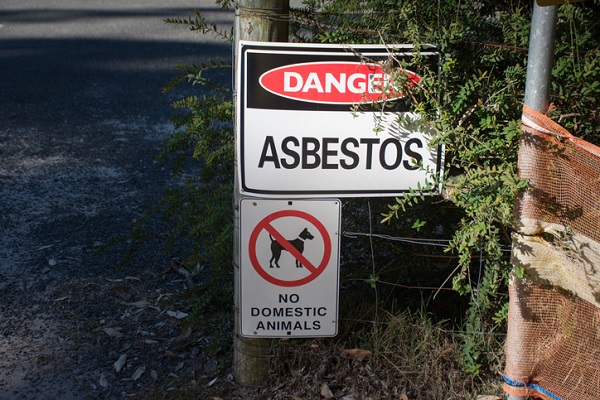Australian Government partners with councils to combat illegal asbestos disposal

The Australian Government has developed a new guide in conjunction with councils to combat illegal asbestos disposal.
The publication of the guide coincides with National Asbestos Awareness Week (21–27 November) and the launch of a campaign reminding home occupiers and tradespeople to Think Twice About Asbestos and urging them to ‘do things the right way’ by ensuring the lawful disposal of asbestos.
An estimated 4,000 Australians die annually from asbestos-related diseases, which is nearly four times the annual road toll. Asbestos is still present in millions of homes and public and commercial buildings.
A survey of 1,506 home improvers commissioned by the Asbestos Safety Eradication Agency in 2021, revealed that over a third of those who have encountered asbestos during a DIY project or renovation admitted to illegal and dangerous disposal – mostly in their own or a neighbour’s household bin.
Alarmingly, an estimated 6,000 tonnes of asbestos are illegally disposed of in Australia every year costing around $11.2 million per annum to remediate.
“Asbestos causes cancer and if not disposed of legally, it puts council workers, and the community’s health at risk. It is an issue that has serious and far-reaching consequences, costing taxpayers millions each year in environmental remediation and long-term health costs,” Asbestos Safety and Eradication Agency chief executive Justine Ross says.
“This is why we are asking all Australians to do things the right way when it comes to asbestos disposal.”
In Australia, asbestos is in one-in-three homes. The illegal disposal of asbestos from smaller-scale domestic construction and demolition puts waste management workers and residents at risk of exposure to asbestos fibres. This is a growing concern for councils particularly.
To support councils, the Asbestos Safety and Eradication Agency has developed Action on illegal disposal of asbestos: A Guide for Local Government.
The guide has been created for use by councils across Australia and their staff who have a role in preventing and addressing asbestos exposure risks. It provides practical actions that councils can use to discharge their duties in the illegal asbestos disposal space.
